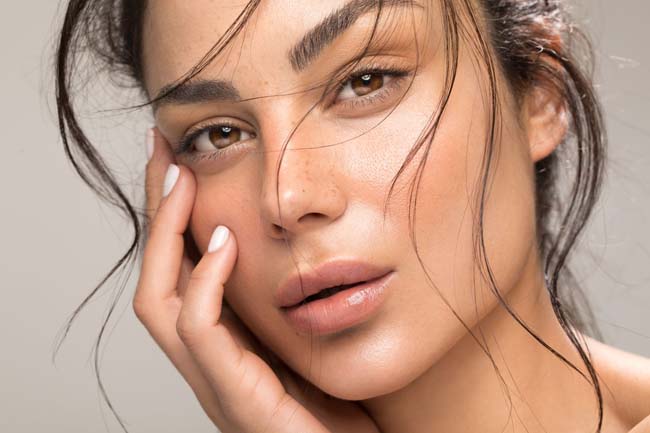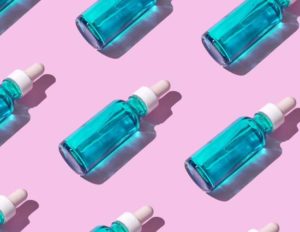
Every once in a blue moon there comes a discovery so big that it changes our expectations for skin care, and makes us believe in the fountain of youth. This time around, dermatologists are saying that Polyglutamic Acid is an anti-aging ingredient ten times more moisturizing that hyaluronic acid.
How true is it? We asked Dr. Costi for some info about this trending topic.
“It’s just like hyaluronic acid, but better”. That’s how Dr. Costi describes the latest skincare ingredient that’s trending everywhere.
Polyglutamic acid functions as a humectant, pulling water towards it, and it can actually holds five times more moisture than hyaluronic acid – that’s 5,000 times more moisture than its molecular weight. As opposed to hyaluronic acid which famously holds 1,000 times its own weight.
As a peptide, polyglutamic acid’s main claim to fame is its ability to inhibit hyaluronidase – an enzyme which breaks down the skin’s naturally occurring hyaluronic acid as we age.
Unlike hyaluronic acid, polyglutamic acid is made up of large molecules, causing it to form a thin film on the skin’s surface. That layer prevents the loss of water through the skin and encourages the skin’s natural moisturising process, which, in turn, will plump the appearance of fine lines. So this offers an immediately visible result in the reduction of fine lines and wrinkles.
And as a humectant, PGA will also brighten any drab complexion. The acid’s powerful hydration will immediately plump the skin’s upper layer, creating a glass skin effect.
Polyglutamic acid and hyaluronic acid are often used together because of their slightly differing properties, according to Dr. Costi.
PGA is actually a great booster for HA skincare products.
As polyglutamic acid helps to reduce trans-epidermal water loss, this makes it a very effective moisturizer. And while hyaluronic acid penetrates deeper into the skin layers, PGA seals the moisture in.
This makes it a nice addition to your hydration products, and it works very well with vitamin C.
Chances are you’ve already use PGA in some of your skincare formulas, especially moisturizing products. However, as this ingredient keeps gaining in popularity, you will see more and more PGA specific serums.
In general, since your PGA product will sit on the skin’s surface and lock in the thinner products underneath, it should go last in your skincare application.
After cleansing your skin, use HA first to hydrate, then use your antioxidant (vitamin C) and allow them to sink into the skin. Then apply your PGA and always end with your sun protection in the morning, explains Dr. Costi.
